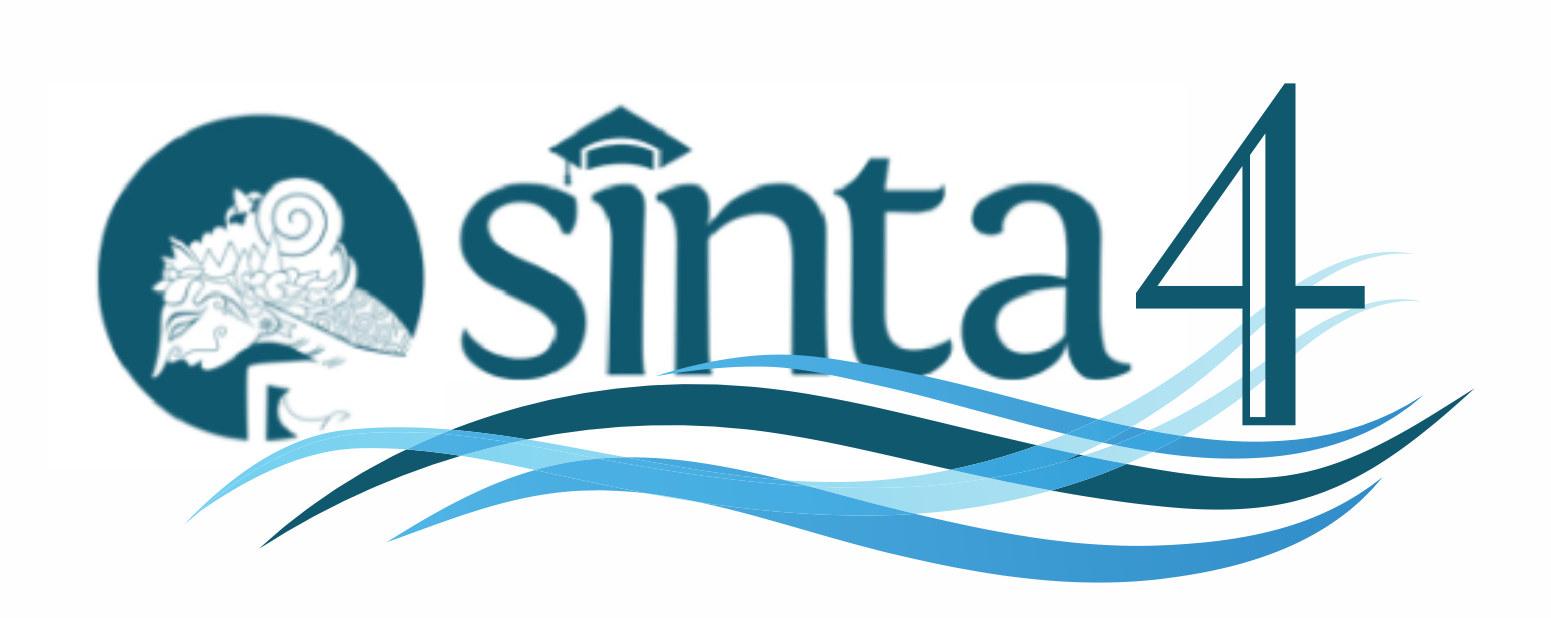STUDI TENTANG MISKONSEPSI SISWA DAN MAHASISWA TERHADAP KONSEP RANGKAIAN LISTRIK ARUS SEARAH (DIRECT CURRENT)
Abstract
Abstract. The purpose of this study is to describe the understanding of the direct current electric circuit basic concept that posses by senior high school students and natural science (physics) student teacher. The research instrument used in this study was the concept understanding test in the form of objective test that accompanied by certainty of response index (CRI). This test was developed from some relevant studies. The concept understanding test was given to 30 senior high school students and also 32 graduate students of physics education study program in Palangka Raya City. From the study result, it was found that the same of the kind of missconception problem tends to be found among the senior high school students and also the graduate students, for example is the concept of the consumption model of electric current and battery are the fixed current supply. The missconceptions on the direct current circuit that found in this study were also have been founded in some studies from other countries for various group of age and level of study.
Keywords: missconception, electric circuit, direct current, CRI.
Abstrak. Tujuan dari studi ini adalah untuk memberikan gambaran mengenai pemahaman siswa di sekolah menengah (SMA) dan mahasiswa calon guru IPA (fisika) terhadap konsep dasar rangkaian listrik arus searah. Instrumen penelitian yang digunakan dalam penelitian ini berupa tes pemahaman konsep dengan pilihan ganda beralasan terbuka disertai dengan certainty of response index (CRI). Tes ini dikembangkan dari beberapa studi yang relevan. Tes pemahaman konsep diberikan kepada 30 siswa SMA dan 32 mahasiswa Prodi S1 Pendidikan Fisika yang berada di Kota Palangka Raya. Berdasarkan hasil studi ditemukan kesalahan konsep (miskonsepsi) yang cenderung sama pada siswa dan mahasiswa, antara lain model konsumsi arus listrik dan baterai merupakan sumber arus listrik yang tetap. Kesalahan konsep (miskonsepsi) mengenai rangkaian listrik arus searah yang ditemukan dalam studi ini juga ditemukan di beberapa studi di luar negeri pada berbagai kelompok umur dan jenjang pendidikan.
Kata kunci: miskonsepsi, rangkaian listrik, arus searah, CRI
Full Text:
PDFReferences
Allen, M. (2014). Misconceptions in Primary Science: Second Edition. UK: Open University Press.
Baser, M. (2006). Effects of Conceptual Change and Traditional Confirmatory Simulations on Pre-Service Teachers’ Understanding of Direct Current Circuits. Journal of Science Education and Technology, 15(5-6), 367-381.
Baser, M. & Durmus, S. (2010). The Effectiveness of Computer Supported Versus Real Laboratory Inquiry Learning Environments on the Understanding of Direct Current Electricity among Pre-Service Elementary School Teachers. Eurasia Journal of Mathematics, Science & Technology Education, 6(1), 47-61.
Chiu, M. H., & Lin, J. W. (2005). Promoting fourth graders' conceptual change of their understanding of electric current via multiple analogies. Journal of Research in Science Teaching, 42(4), 429-464.
Dahar, R.W. (2011). Teori-teori Belajar dan Pembelajaran. Jakarta: Erlangga.
Darjito, A & van den Berg, E. (1991) Miskonsepsi (Maha)siswa Mengenai Arus dan Tegangan Elektrik dan Remediasinya dalam van den Berg (Ed.), Miskonsepsi Fisika dan Remediasinya, Yogyakarta, Universitas Kristen Satya Wacana.
Engelhardt, P. (1997). Examining students’ understanding of electrical circuits through multiple choice testing and interviews. PhD. Dissertation, North Carolina State University.
Engelhardt, P., & Beichner, R. (2004). Students understanding of direct current resistive electrical circuits. American Journal of Physics, 72(1), 98-115.
Gilbert, J. K., & Watts, D. M. (1983). Concepts, Misconceptions and Alternative Conceptions: Changing Perspectives in Science Education. Studies in Science Education, 10(1), 61–98.
Hasan, S., Bagayoko, D., & Kelley, E. L. (1999). Misconceptions and The Certainty of Response Index (CRI). Physics Education, 34, 294-299. doi:10.1088/0031-9120/34/5/304.
Ibrahim, M. (2012). Seri Pembelajaran Inovatif: Konsep, Miskonsepsi, dan Cara Pembelajarannya. Surabaya: Unesa Press.
Kucuzoker, H & Demirci, N. (2008). Pre-Service and In-Service Physics Teachers’ Ideas about Simple Electric Circuits. Eurasia Journal of Mathematics, Science & Technology Education, 4(3), 303-311.
Osborne, R. (1983). Towards modifying children’ s ideas about electric current. Research in Science and Technology Education, 1(1), 73–82.
Osman, K. (2017). Addressing Secondary School Students’ Misconceptions About Simple Current Circuits Using the Learning Cycle Approach dalam Karpudewan, Zain, Chandrasegaran (Ed.), Overcoming Students’ Misconceptions in Science Strategies and Perspectives from Malaysia, Springer, Singapore.
Shaffer, P.S. dan McDermott, L.C. (1992). Research as a guide for curriculum development: An example from introductory electricity. Part II: Design of instructional strategies. American Journal of Physics, 60, 1003; https://doi.org/10.1119/1.16979.
Shipstone, D. M. (1984). A study of children’ s understanding of electricity in simple DC circuits. European Journal of Science Education, 6(2): 185–198.
Tsai, C. C. (2003). Using a conflict map as an instructional tool to change student alternative conceptions in simple series electric-circuits. International Journal of Science Education, 25(3): 307-327.
DOI: http://dx.doi.org/10.20527/jvk.v32i2.5227
Article Metrics
Abstract view : 1234 timesPDF - 3697 times
Refbacks
- There are currently no refbacks.
Copyright (c) 2018 Vidya Karya
Indexed By

Vidya Karya is licensed under a Creative Commons Attribution-ShareAlike 4.0 International License.







.png)
.jpg)

